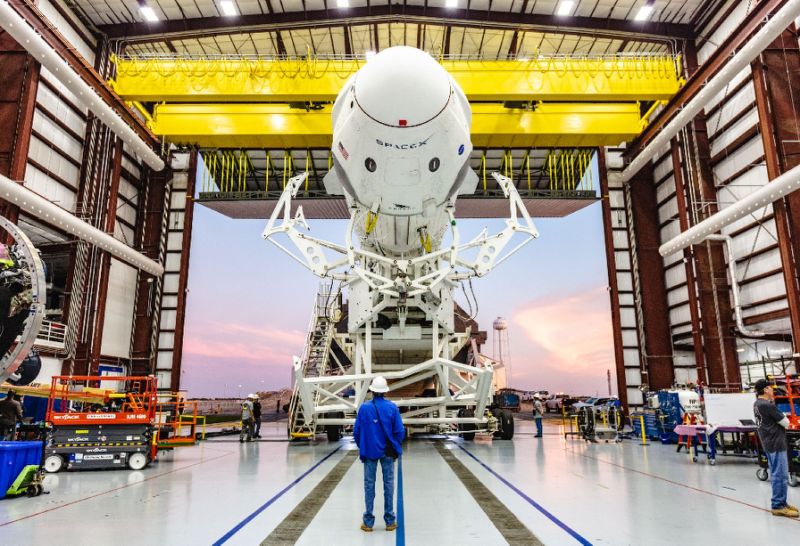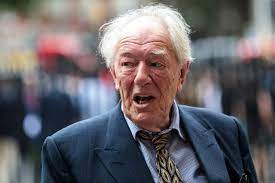In less than 24 hours, a major storm dumped more than 7 inches of rain over portions of New York City, turning streets into swift-moving rivers and halting subway service as water poured into subterranean transportation stations.
The storm exposed how vulnerable the Big Apple’s old infrastructure is to extreme weather events that are exacerbated by climate change, coming just two years after floods from Hurricane Ida’s leftovers ravaged the five boroughs and killed at least 13 people in the city. And it appears there is still much to be done more than ten years after Hurricane Sandy compelled officials in New York City to reevaluate the concept of climate resilience.
In some of the worst-hit areas, there were reports of heavy rainfall of up to 2.5 inches per hour. Flash flooding caused a number of highways to be closed, drowned cars, and trapped many city buses. During the storm, at least one school in Brooklyn was evacuated, as were subways, regional rail lines, and air service.
“The reality staring city leaders in the face, including in places like New York, is that the climate is getting more extreme, more unpredictable, and requiring more investment,” said Joseph Kane, a fellow at the Brookings Institute, a non-profit think tank, who specializes on infrastructure. “Usually, it’s too little, too late.”
Extreme weather events like this, according to Steve Bowen, chief science officer for Gallagher Re, a global reinsurance broker, are highlighting how quickly risks are moving in areas like New York as climate change increases rainfall and existing infrastructure fails.
More moisture may be held and delivered by a warming environment, which can intensify storms, according to Bowen.
The Infrastructure in New York
The reality is that the infrastructure in New York, the United States, and, to be honest, many other parts of the world is simply unable to withstand the current climate and most definitely won’t be able to withstand future climate changes, according to Bowen.
On Friday, flood watches affected almost 23 million people in Connecticut, New Jersey, and New York. Kathy Hochul, the governor of New York, announced a state of emergency for New York City, Long Island, and the Hudson Valley, describing the storm as a “life-threatening rainfall event.”
Mayor of New York City Eric Adams, who also declared a separate state of emergency, came under fire for his tardiness in addressing the public and for not acting swiftly enough to alert locals to the gravity of the situation.
The emergency management commissioner for New York City, Zachary Iscol, claimed that Friday was the city’s wettest day since Hurricane Ida.
Officials in New York were meant to receive a wake-up call from Hurricane Sandy in October 2012 about weather and climate risks.
Sandy, a post-tropical cyclone that made landfall close to Atlantic City, devastated the coasts of New York and New Jersey with a catastrophic storm surge. According to the city comptroller’s office, the storm killed 43 New Yorkers and shut off electricity to 2 million city residents. Housing units totaling close to 70,000 were destroyed or damaged. New York City sustained damage from the hurricane estimated at $19 billion.
The city comptroller’s office claims that not enough has been done to make New York more resistant to the risks associated with its changing environment.
Almost ten years after Superstorm Sandy and six months after Hurricane Ida, Louise Yeung, the comptroller’s chief climate officer, addressed the city council in April 2022, “We have not done enough to prepare for future storms.” Meanwhile, our aging infrastructure from previous decades continues.
According to a report from the comptroller’s office, as of June 2022, the city had only spent 73% of the $15 billion in federal grant money it received as a result of Hurricane Sandy. The majority of the city’s own capital investments in resilience initiatives have been largely ineffective.
Progress has been “plodding,” according to the study.
According to Yeung, the recent flash flood and Hurricane Ida have raised new issues. Many of the city’s post-Hurricane Sandy investments, such as building floodwalls, berms, and levees, are intended to control coastal flooding and sea level rise rather than extremely heavy precipitation.
Read More: The ‘catastrophic’ flooding that broke dams and swept away homes in Libya is blamed for the deaths of at least 5,000 people.
Yeung said, “Heavy rainstorms like the one we are seeing today are becoming our new normal as climate change intensifies,” and that it’s a problem that calls for various investments, such as enhancing green infrastructure, modernizing the storm sewer system, and improving real-time emergency communication that is prepared for localized flash flooding.
11 persons lost their lives as a result of flash flooding during Hurricane Ida, the majority of whom were trapped in basement apartments that were neither legal residences nor well-known to the city. Tens of thousands of basements were found to be at risk of flooding, and the comptroller’s office recommended that the city register basement residences, enforce safety inspections, and take precautions to safeguard residents, such as installing valves to stop sewer water from rising into cellars.
The storm serves as a reminder of the vulnerabilities faced by coastal populations and how those vulnerabilities are made worse by climate change, according to Mona Hemmati, a postdoctoral research scientist at Columbia Climate School in New York City.
Because of the developed environment and lack of green space, flooding risks are increased in densely populated cities like New York.
She noted that highly populated regions have “huge amounts of impermeable surfaces, which means water cannot seep underground, creating a lot of runoff and urban flooding.”
Hemmati continued by saying that the city’s stormwater management systems are out-of-date and were not intended to handle the volume of runoff that is actually occurring today.
Hemmati, however, asserted that the city deserved praise for emphasizing climate resilience in its post-Superstorm Sandy recovery efforts, which included enhancing floodgates, hardening shorelines, and creating citywide models to examine runoff flows under various climatic conditions. It will require more time and money to complete other infrastructure initiatives, such as reinforcing storm barriers and the city’s subway system.
It is getting better, but I don’t anticipate every issue being resolved in a matter of a few years, she added. It’s on the right track, but undoubtedly insufficient.
Hemmati asserted that in addition to regional and national initiatives, citizens may help their communities become more resilient to climate change.
“Climate issues aren’t just happening at the government level,” she claimed. “People should educate themselves about the risks with all these hazards — rainfall, flooding, wildfires, and extreme heat.”
According to Gallagher Re’s Bowen, the majority of New Yorkers do not have flood insurance on their homes, which puts the safety of their neighborhoods at danger.
“I’m assuming that when we start to see some of the damage totals coming out of this, that a significant portion is just going to end up being uninsured,” said Bowen. “It’s just the most recent evidence that something needs to change,”
Additionally, a protracted government shutdown might make it difficult for New Yorkers to restart their lives.
If Congress doesn’t act before then, the National Flood Insurance Program’s authorization will expire on October 1. Due to the gap, the program won’t be able to borrow money from the US Treasury to cover flood-related claim payments. According to the Congressional Research Service, the program will pay out claims from its reserves until it runs out of money or Congress takes action.
The majority of the Federal Emergency Management Agency’s staff will probably be immune from the shutdown, but other essential operations of the federal government could be affected.

 FEATURED5 years ago
FEATURED5 years ago
 Entertainment5 years ago
Entertainment5 years ago
 FEATURED5 years ago
FEATURED5 years ago
 Entertainment5 years ago
Entertainment5 years ago
 NEWS5 years ago
NEWS5 years ago
 SPORTS5 years ago
SPORTS5 years ago
 TOP STORIES6 years ago
TOP STORIES6 years ago








